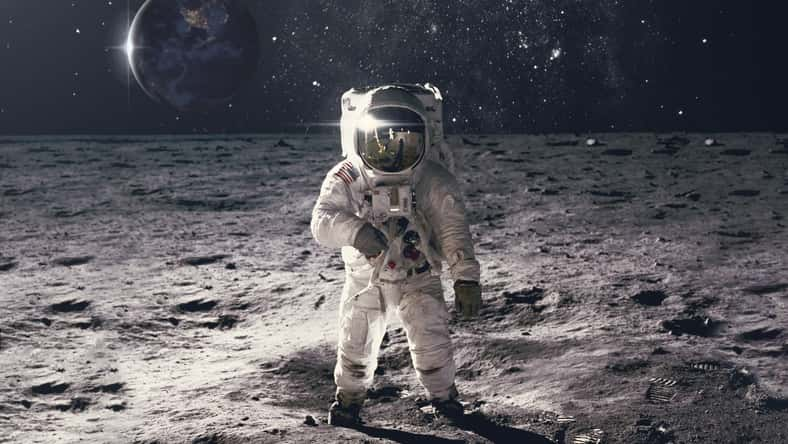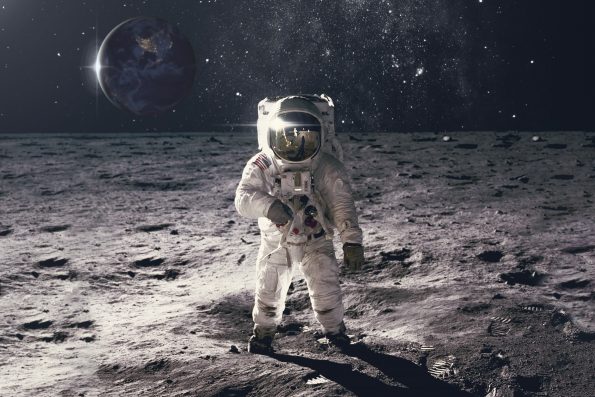This New Spacesuit Converts Urine Into Water You Can Actually Drink, And It Sounds Like Something Out Of A Sci-Fi Movie

New spacesuit prototypes inspired by the stillsuits worn by people in the science fiction epic Dune are currently under development.
In Dune, the suits collected moisture lost through sweat and urination and converted it into drinkable water.
The system that researchers from Cornell University are working on functions in a similar way. Perhaps someday, astronauts can use it during their spacewalks.
At present, astronauts are forced to relieve themselves inside their spacesuits, a practice that is uncomfortable, unhygienic, and wasteful, according to a new study.
Between 2021 and 2023, astronauts on the International Space Station (ISS) performed 37 spacewalks.
On average, they lasted almost 6.5 hours. During these trips, astronauts must wear adult diapers called maximum absorbency garments (MAGs). They can hold up to two liters of waste.
These diapers can lead to a number of health problems for astronauts. Before spacewalks, astronauts tend to eat less to reduce their chances of having to use the MAG.
This can affect their performance on the spacewalk. Additionally, the MAGs smell awful and have caused skin rashes, urinary tract infections, and gastrointestinal issues. It’s also common for the MAGs to leak.
Furthermore, astronauts have reported that the amount of drinking water they are given for spacewalks is not enough to keep them hydrated.

Oleg_Yakovlev – stock.adobe.com – illustrative purposes only, not the actual person
Spacewalks cause astronauts to sweat a lot because they’re so tiring. They also urinate more in space due to the lack of gravity.
“Astronauts currently have only one liter of water available in their in-suit drink bags,” said Sofia Etlin, the lead author of the study and an astrobiologist at Cornell University.
“This is insufficient for the planned longer-lasting lunar spacewalks, which can last 10 hours, and even up to 24 hours in an emergency.”
The new urine collection and filtration system aims to combat all these issues. The spacesuit prototype design will consist of a silicone cup lined with a moisture-wicking fabric to collect urine.
The urine will travel through a vacuum-based pump to a filtration system pack on the astronaut’s back.
The water will be separated from the urine and then salt will be removed from the water in a process known as reverse osmosis filtration.
Half a liter of urine can be processed in just five minutes and return 87 percent of it as drinkable water.
This way, a “continuous supply of potable water with multiple safety mechanisms” can be provided to ensure the well-being of astronauts. The pack that astronauts would need to wear on their backs will weigh a little over 17 pounds.
NASA is preparing for trips to the moon in 2025 and 2026 as part of the agency’s Artemis missions. A crew will orbit the moon and land on its south pole.
Missions to Mars are planned to follow by the early 2030s. If found to function successfully, the system could be used for these upcoming missions.
The system still needs to be tested on people. Human trials will begin in November.
Sign up for Chip Chick’s newsletter and get stories like this delivered to your inbox.
More About:News





